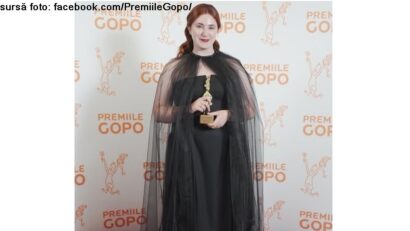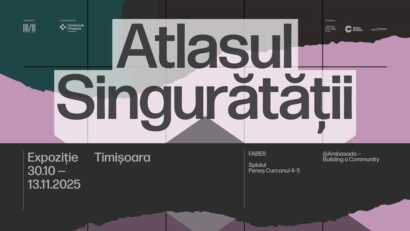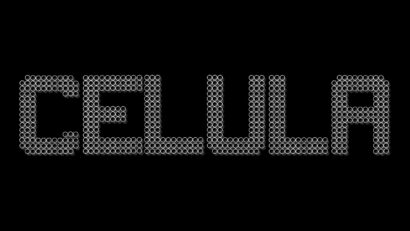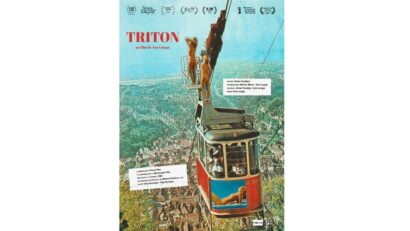A Traditional Museum in the Digital Age
The Romanian Peasant Museum in Bucharest is a special kind of museum, which differs from traditional institutions of this kind.
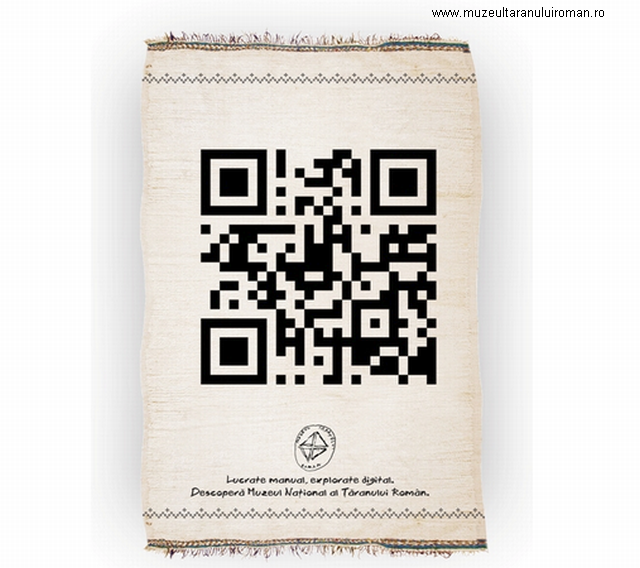
România Internațional, 16.08.2014, 14:10
The modern world is characterized by an unprecedented intrusion of technology into our daily life, and the field of culture makes no exception. Museums and cultural institutes around the world are reinventing themselves trying to reach out to the public even beyond the walls housing their art collections. One of the world’s best known museums, the Louvre, is preparing a surprise to visitors, which is going to be an absolute first: 3D consoles, guiding art lovers all the way through the Louvre’s vast collections, are to become available next year.
The Romanian Peasant Museum in Bucharest is also a special kind of museum, which differs from traditional institutions of this kind. Anamaria Iuga, an ethnologist with this museum has more.
“A traditional museum is one with a traditional way of displaying collections, and from this point of view the Romanian Peasant Museum cannot be included in this category. In 1996 it reaped the ‘Museum of the Year‘ award as it came with a new way of displaying its exhibits accompanied by an exquisite presentation discourse, which was quite new at that time. I am referring to painter Victor Bernea’s discourse and the way of presenting exhibits, connected to each other, supporting one another, creating and recreating contexts from their original environment. That manner of presenting things in a museum was very new indeed as compared to traditional museums, which are more didactic. First and foremost they present the basic occupations of the peasants and their collections are structured in keeping with this idea. So, tools and objects that were used in shepherding or in agriculture are grouped in separate sections. Horia Bernea however, has conceived the museum as divided in two parts: the life of Christian communities and secular, daily activities. There are halls presenting the importance of religious faith, the way the peasant relates to the cross, for instance, or to the Tree of Life. These aren’t religious objects, but objects the peasant uses everyday; they have the symbol of the cross engraved on them for protection though.”
After the transformation it underwent under Horia Bernea’s revolutionary design, the Romanian Peasant Museum is now going through a fresh stage, keeping up with the digital age. This has pros and cons, as Anamaria Iuga told us.
”We’ve got an extremely well-made virtual tour, where we included some info which comes as an addition to what visitors can see when they come to the museum. The text on the tour is taken from the audio-guide and can be accessed by anyone. And that is something extraordinary, since anyone can access us from the comfort of their homes. However, a virtual tour cannot possibly replace the museum, it rather offers people a preview of what they can see for themselves on the physical tour. A museum is meant to be a museum and we need to experience the whole atmosphere it creates. The virtual tour, however, displays bits of this and that, despite the overview it offers.”
Yet not only the museum’s permanent collections have virtual tours. The Internet offers exclusively virtual museums, made up of collections that are no longer accessible to visitors. Speaking again is Anamaria Iuga.
”The Romanian Peasant Museum also has a small online. It is the childhood Museum, which can be accessed at www.childhoodmuseum360.ro. It is the outcome of a project we ran for two years, and which was financed though the Cultura 2007-2013 European Program, which helped us create a virtual museum of childhood, just as we planned. For a whole year, the museum’s team of specialists staged a string of exhibitions devoted to childhood. Exhibitions were run for one month each. We wanted to have a museum, which, space-wise, could be venued in one single hall, in various forms. For instance, the first exhibition revolved around birth and baptism-related beliefs. Pictures were taken of each exhibition in detail and the exhibition got a panorama from various angles of the hall. Then the pictures were uploaded on the website, accompanied by additional info, texts or interviews with toy collectors or with various other people, focusing on their childhood memories. For this very reason, the site is much more complex than the exhibitions proper. The virtual tour of the museum makes all seven exhibitions accessible to visitors, given they were all staged in one single year and are thus no longer available”.
Irrespective of the curating approach, a virtual tour can never replace an on-site visit and the direct contact with the exhibits. Presenting a museum’s entire range of collections through the Internet is at the most an instrument that comes in handy, usefully in stirring visitors’ interest, but also in storing the museum’s previous collections online.

